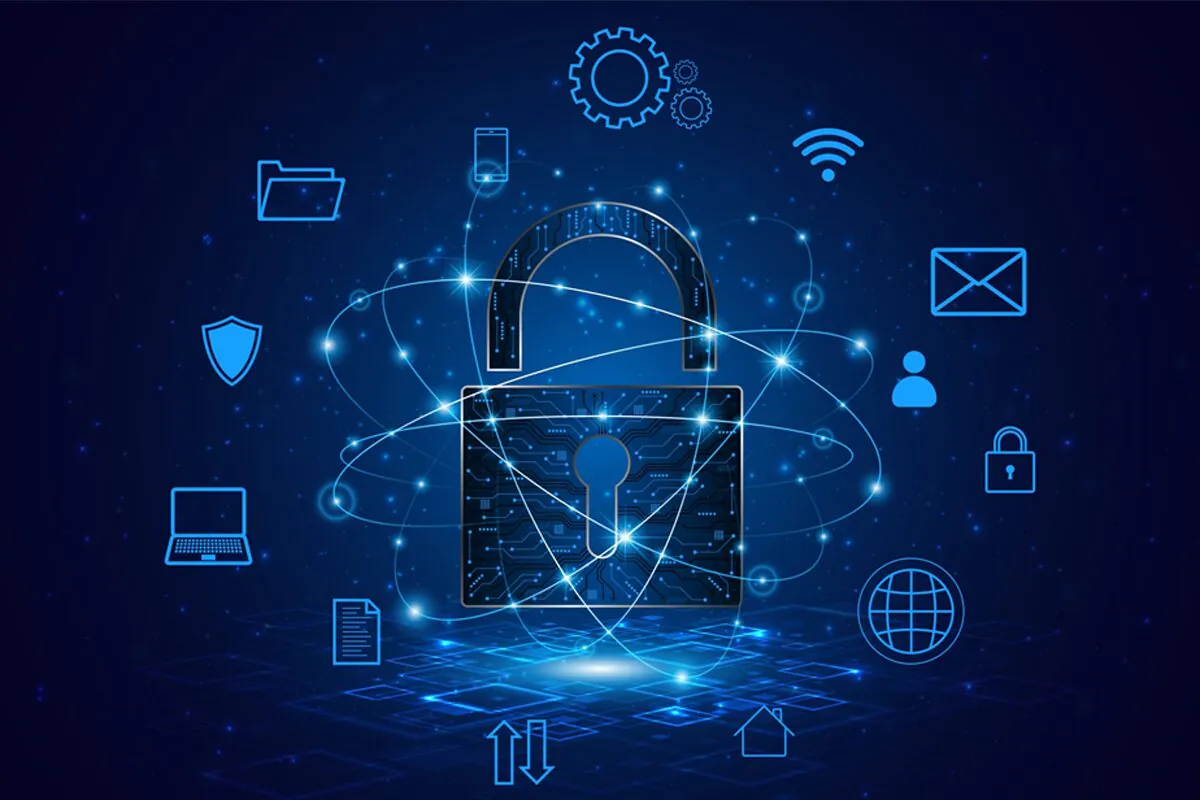In a world where ransomware, phishing, and insider threats continue to evolve, many business leaders are asking: “Do we need a SIEM tool?” The short answer? Probably yes. But in 2025, the conversation isn’t just about needing a SIEM (Security Information and Event Management) platform. It’s about choosing the right one that integrates with your environment, scales with your operations, and delivers real-time value.
This blog answers the big questions buyers are asking about SIEM tools in 2025 and what you must know before you invest.
First, What Exactly Does a SIEM Do in 2025?
A modern SIEM does much more than collect logs. Today’s SIEM tools:
- Aggregate and normalize log data across endpoints, printers, cloud apps, and networks
- Use AI to detect anomalies and correlate events faster than human analysts
- Automate responses to common threats (e.g., isolating compromised user accounts)
- Deliver compliance reporting for frameworks like HIPAA, PCI-DSS, and NIST
The emphasis has shifted from simply alerting to an automated, intelligent response.
Are SIEM Tools Only for Large Enterprises?
Not anymore. In 2025, cloud-native SIEM solutions will have made it more affordable and manageable for mid-sized businesses and even SMBs to adopt SIEM platforms. With scalable pricing and managed service options, SIEM tools are no longer reserved for Fortune 500 companies.
Key takeaway: If your organization handles sensitive data or operates in a regulated industry, a SIEM is not a luxury. It’s table stakes.
What Has Changed About SIEMs in the Last Five Years?
Here’s what distinguishes SIEM tools in 2025 from earlier iterations:
- Unified Data Lakes: Modern SIEMs collect data from IT, OT, IoT, and even MFPs (multi-function printers), a commonly overlooked attack surface.
- AI & Behavioral Analytics: Instead of relying solely on signature-based detection, these tools learn what “normal” looks like in your environment.
- SOAR Integration: Many SIEM platforms now include Security Orchestration, Automation, and Response (SOAR) capabilities out of the box.
- Low-Code Customization: Admins can build custom dashboards and playbooks without needing advanced scripting skills.
What Should You Look for in a SIEM Tool in 2025?
Here are 7 must-haves for any SIEM evaluation checklist:
- Cloud Compatibility: Must support hybrid or multi-cloud environments.
- Real-Time Correlation: Detect threats as they occur, not after the damage.
- Built-In Compliance Templates: Streamline audits with predefined reports.
- Machine Learning Models: Adaptive threat detection is non-negotiable.
- Printer and Endpoint Coverage: Many breaches start at unsecured devices.
- Third-Party Integration: Works with your existing tools like MDM, firewalls, and DLP.
- Transparent Pricing: Know what you’re paying for—avoid hidden ingest fees.
What Questions Should You Be Asking Vendors?
Before committing to a SIEM, ask these:
- What’s the average time to value after deployment?
- Does it include behavior-based alerting or just rule-based?
- How does it handle noisy alerts or false positives?
- Can it detect and quarantine threats from non-traditional sources, like MFPs?
- What are the integration requirements with our existing printer fleet or ERP system?
These questions ensure the SIEM you choose aligns with your infrastructure, including print security.
Hypothetical Example: A Mid-Sized Law Firm
Imagine a 120-person law firm using cloud document management, Microsoft 365, and multifunction printers for sensitive case printing. A SIEM tool flagged anomalous print activity after hours—something their internal IT team never noticed. Turns out, a compromised account was sending sensitive documents to an outside recipient via scan-to-email.
Because the SIEM was configured to watch for off-hours activity tied to data exfiltration behaviors, it halted the activity, locked the account, and issued a full report—all before data left the building.
The ROI? Avoided a six-figure breach and a major PR disaster.
Where Does Doceo Fit Into the SIEM Discussion?
Doceo offers SIEM tool solutions as part of our comprehensive cybersecurity portfolio. We understand how critical it is for your digital and print infrastructure to work in sync when it comes to detecting and responding to threats.
Our team helps organizations implement and optimize SIEM platforms that:
- Lock down access points
- Monitor and integrate printer activity
- Offer real-time insights across your IT and print ecosystem
We also assess your printer fleet and managed print environment for vulnerabilities and help you incorporate that data into your SIEM.
Final Thoughts: Is a SIEM Worth It in 2025?
Yes—if it does more than sit idle and generate alerts. A SIEM should give your team real-time insight, coordinated defense, and compliance readiness. The best SIEMs act less like a log aggregator and more like a security analyst in your corner 24/7.
For organizations with any digital footprint—especially those with distributed teams, regulated data, or extensive print infrastructure—a modern SIEM is a necessary investment.
Talk to Doceo About SIEM Tools That Deliver Real Results
Want to strengthen your organization’s defenses with the right SIEM solution? Contact Doceo to discuss our end-to-end cybersecurity services, including SIEM implementation, printer fleet integration, and managed detection.
Doceo Specialist or call 888-757-6626 to schedule your consultation.
Doceo: Proven Technology. Proven People.





